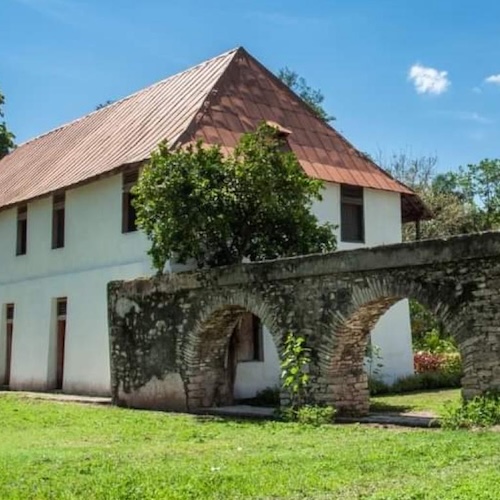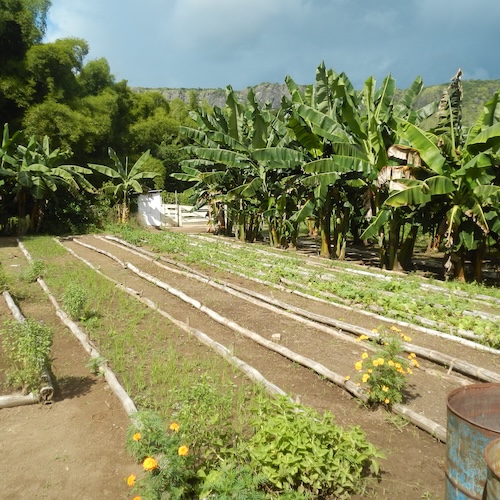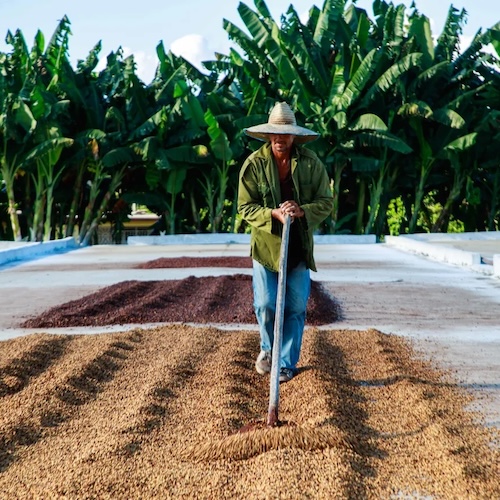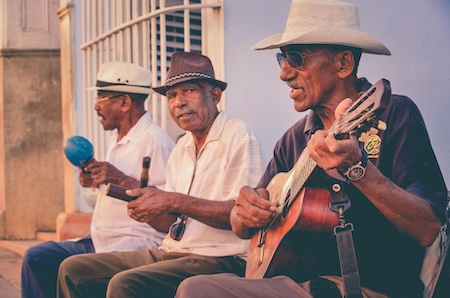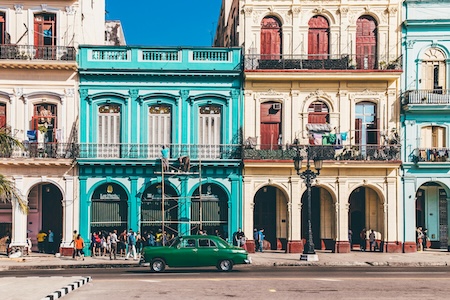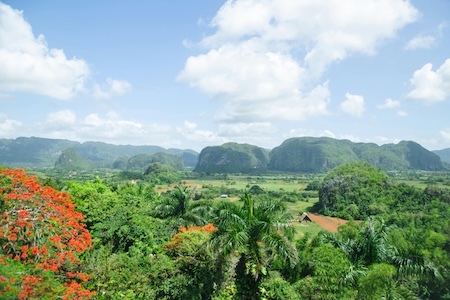Past, Present and Future of Coffee Farming in Cuba
PAST – Fraternidad, a 19 century coffee farm restored to its original status.
PRESENT – A typical co op in Tercer fronte
FUTURE – See how Lavazza is helping transform the coffee colture in Cuba.
Coffee has been grown in Cuba since the mid-18th century. Boosted by French farmers fleeing the revolution in Haiti, coffee farms expanded from the western plains to the nearby mountain ranges. Coffee production in eastern Cuba significantly increased during the 19th and early 20th centuries. At its peak production, Cuba exported more than 20,000 metric tons (22,046 short tons) of coffee beans per year in the mid-1950s.
After the Cuban Revolution and the nationalization of the coffee industry, coffee production slowly began to decline until it reached all time lows during the Great Recession. Once a major Cuban export, it now makes up an insignificant portion of Cuban trade. By the 21st century, 92 percent of the country’s coffee was grown in area of the Sierra Maestra mountains.
By the 21st century, 92 percent of the country’s coffee was grown in areas of the Sierra Maestra mountains, especially under forest canopies.[7] The coffee harvest runs September through January, peaking in October and November.

